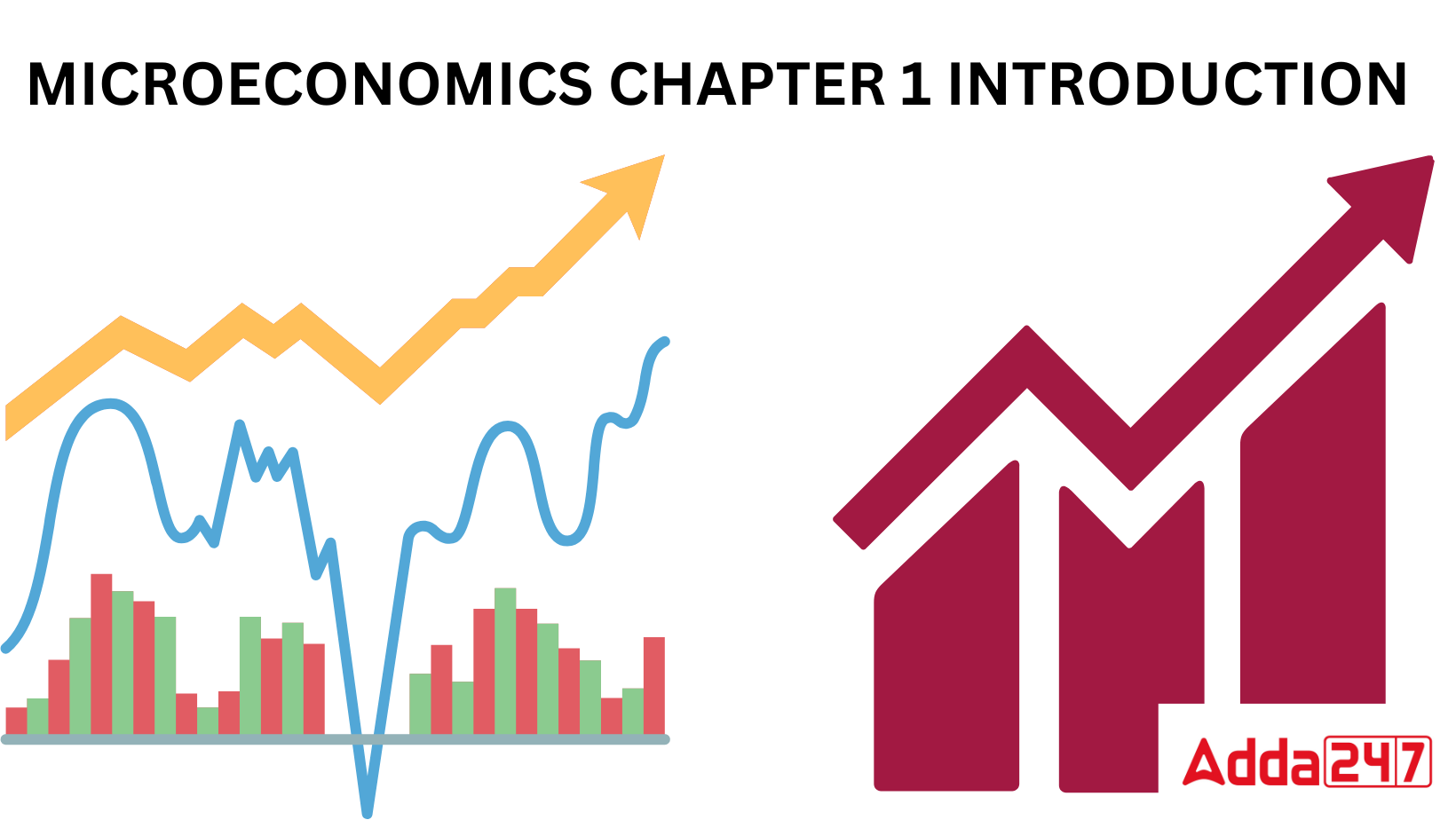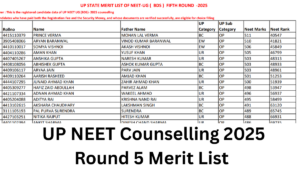NCERT Solutions For Class 12 Microeconomics Chapter 1
When preparing for the CBSE Class 12 Economics Board exams, NCERT Solutions is regarded as a book that is incredibly helpful. This study tool has a wealth of information, and the Solutions compiled by the subject matter experts are no exception. This chapter provides a succinct overview of microeconomics.
With the exercises, the NCERT Solution for Class 12 Economics Chapter 1 – Introduction provides a succinct introduction to the topic. Economics is a science that investigates human characteristics that attempt to distribute limited resources so that consumers can be as satisfied as possible, manufacturers can maximise their surplus output, and society can be as comfortable as possible. Making decisions in the face of scarcity or insufficiency is key.
Download PDF of NCERT Solutions For Class 12 Microeconomics Chapter 1
A variety of vivid examples are included in the NCERT Solutions for Class 12 Economics Chapter 1 to aid in the students’ understanding and speedy learning. Download the PDF
NCERT Solutions For Class 12 Microeconomics Chapter 1 Introduction
Access NCERT Solutions For Class 12 Microeconomics Chapter 1 Questions
1. Discuss the central problems of the economy.
The central problems of an economy are
i) What to produce?
ii) How to produce?
iii) For whom to produce?
i) What to produce?
Resources are scarce in any culture. We have limited resources, thus they must be distributed according to our society’s overall “needs and wants.” As a result, we may have to pick between many items that can be made using the same resources. This poses a dilemma of choice. Take farming as an illustration, which is done in a hamlet. Agriculture is essential to the delivery and production of food. A given economy’s agricultural output is reliant on limited resources like water, labour, fertilisers, farming equipment, etc. As a result, the farmer must base his decision on what the public wants.
ii) How to produce?
When producing a good or service, people and governments can select from a variety of strategies and methodologies. Production, for instance, might take place using capital-intensive or labor-intensive processes, depending on how capital and labour are used.
iii) For whom to produce?
There is some degree of disparity among the people in every society. In order to answer the question “for whom to produce?,” we must first identify the ultimate beneficiaries of the economic production process. By producing more luxury goods, only the wealthy will be able to purchase them. On the other hand, low-income groups may benefit from the production of a wide variety of everyday goods at competitive prices.
2. What do you mean by the production possibilities of an economy?
The ability of an economy to produce various things using its resources, existing technologies, and other production methods is referred to as its “production potential.”
3. What is a production possibility frontier?
A mathematical curve that displays the balance between the production levels of two different products under constrained resources can be used to represent the production possibility frontier (PPF). A graph can be used to compare the likelihood that a food producer will be able to produce 50 mangoes or 25 oranges with the same amount of resources. And this provides us with the frontier of manufacturing possibility. PPF is calculated with the presumption that increasing the output of product A requires compensating increases in product B production. Businesses frequently utilise PPF data to compare the production costs of various products. After then, the data is analysed to help people allocate limited resources wisely and generate more money.
4. Discuss the subject matter of economics.
Economic theory is frequently divided into two primary branches: microeconomics and macroeconomics. The study of the creation, exchange, and consumption of goods and services is how economics is frequently defined. The concept of scarcity and how society organises resource transfers between scarce resources are two additional ways to view economics.
In a similar line, microeconomics is concerned with specific customers and firms whose choices and actions have an impact on the economy and vice versa. Microeconomics would cover subjects like production costs, for instance.
Macroeconomics, on the other hand, is all about how the economy runs as a whole. Macroeconomics would cover subjects like national income and generalised quantitative measurements like inflation and deflation.
5. Distinguish between a centrally planned economy and a market economy.
Centrally planned economy
- Every significant economic decision in a centrally planned economy is made by the government.
- The means of production and distribution are owned by the government.
- Government agencies determine prices.
- North Korea is an illustration of a centrally planned economy.
Market economy
- The numerous economic decisions are left to the free market or the rules of supply and demand in a market economy.
- A private company owns the production and distribution equipment
- The balance between a product’s supply and demand determines its price.
- South Korea is one nation with a market economy as an example.
6. What do you understand by positive economic analysis?
Positive economic analysis just considers economic data, measures, and methods. One could investigate the causal connections between numerous economic elements and phenomena in this kind of economic analysis. For instance, the link between currency values and oil prices.
7. What do you understand by normative economic analysis?
Value-based propositions, recommendations, and hypotheses pertaining to diverse economic issues are included in the normative economic analysis. Normative economic thinking frequently includes an assessment of “good” and “bad” based on some ideology. To put it another way, normative economics focuses more on “what should be” than “what is.” Examples include ideas like Universal Basic Income or the claim that taxes ought to be eliminated.
8. Distinguish between microeconomics and macroeconomics.
Microeconomics
- Focuses on the actions, decisions, and motivations of specific people or specific firms.
- Economics pioneers like Alfred Marshall
- Can be applied to explain pricing theory, marketing principles, and consumer behavior.
Macroeconomics
- Deals with the economy as a whole, including governments, corporations and regulatory institutions.
- Pioneered by economists such as J.M. Keynes
- Can be used to explain aggregate market performance, unemployment, growth and overall market predictions.











 AILET Answer Key 2026 , Download Provisi...
AILET Answer Key 2026 , Download Provisi...
 AILET Question Paper 2026 with Solution,...
AILET Question Paper 2026 with Solution,...
 UP NEET Counselling 2025 Round 5 Merit L...
UP NEET Counselling 2025 Round 5 Merit L...






